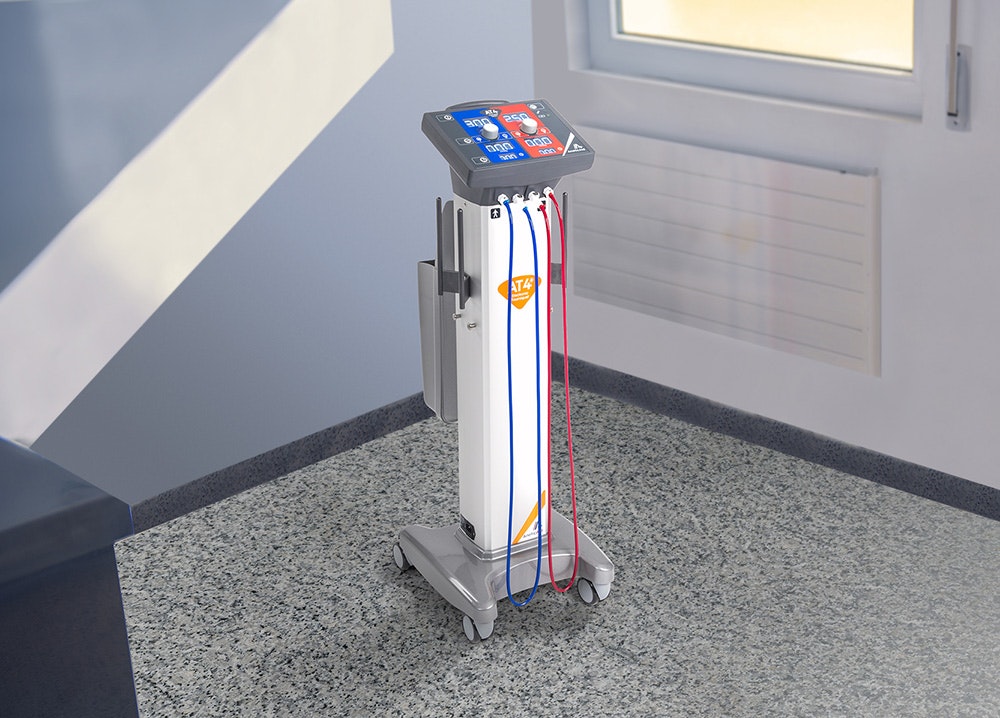
The history of tourniquets is one that stretches back, possibly as far as the Neolithic age. By Roman times, the practice was well documented as a way of preventing blood loss when performing amputations.
The concept of creating a bloodless operating field seems not to have appeared until the work of pioneering surgeon Joseph Lister in the 1860s.
Today, this aspect of the tourniquet is almost taken for granted, as the equipment’s development keeps pace with our technological age – current models being touch-screen, computerised electronic tourniquet systems, complete with automatic leak compensation and automatic alarm signals to ensure that good practice guidelines about the duration of use can be followed and monitored effectively.
Less well known perhaps is the part that tourniquets play in other techniques including intravenous regional blocks and pain relief. Renowned orthopaedic surgeon Professor Leslie Klenerman has written extensively about the tourniquet in his long career, which has seen him hold the posts of President of the European Foot and Ankle Surgery Society, and President of the British Orthopaedic Research Society.
He explained: ‘There are times when it is preferable not to give a general anaesthetic – if the patient has particular risk factors, or the procedure is relatively minor. It was August Karl Gustav Bier back in 1908 who first developed the method of using a tourniquet to bring about complete anaesthesia and motor paralysis of a limb. Today, a more refined version of his procedure is widely used – although great care must always be taken to ensure that the local anaesthetic does not leak prematurely into the general circulation.’
A similar method of local blockade is also used in patients suffering from complex regional pain syndrome. With a suitable solution, pain relief can be induced for up to four days allowing for active physiotherapy.
When Professor Leslie Klenerman wrote a book on the preparation, use and care of tourniquet systems, we collaborated with him as part of our commitment to promoting tourniquet good practice.
For more information on our AT4™ Electronic Tourniquet System, or to request a quote, please contact us.


